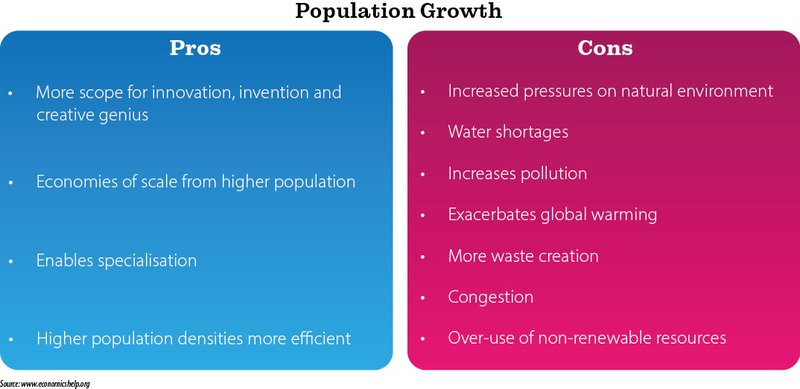
At first glance, hairworms may seem like just another creepy crawly. But their impact on ecosystems is quite remarkable. They often manipulate the behavior of their hosts (usually insects like crickets or grasshoppers) to help them reproduce. It’s like a bizarre puppet show where the hairworm pulls the strings! Understanding this dynamic can shed light on the complex relationships in nature. So, let’s break down the ecological benefits and drawbacks of hairworm populations and what they mean for the environment.
What Are Hairworms?
Hairworms belong to the phylum *Nematomorpha* and can grow several inches long. They usually spend most of their lives in aquatic environments but start life as tiny eggs laid in water. Once hatched, the larvae find their way into a host, often a hapless insect. Here, they grow, feeding off the host’s nutrients. It might sound a bit gruesome, but it’s just part of their unique lifecycle.
When it comes time to reproduce, hairworms manipulate their hosts to jump into water. This dramatic behavior is essential because hairworms need water to lay their eggs. It’s like a wild game of survival—one guest hosts a party they didn’t even know they were attending. This manipulation sparks curiosity about the hairworm’s role in controlling insect populations.
The Benefits of Hairworm Populations
Hairworms play a significant role in their ecosystems, particularly in controlling insect populations. They act as natural pest controllers, helping to limit the number of certain insects. By keeping these populations in check, hairworms contribute to a balanced ecosystem. Here are some of the key benefits:
- Natural Pest Control: Hairworms help prevent certain insect populations from exploding, which can protect plants and crops.
- Food Source: Many animals depend on infected insects as a food source, supporting a food web. Birds and amphibians, for example, feast on these compromised insects.
- Biodiversity Maintenance: By influencing insect behaviors and populations, hairworms contribute to overall biodiversity. This balance is crucial for healthy ecosystems.
In essence, hairworms might be seen as unsightly, but their work behind the scenes is invaluable. By controlling pest populations, they help ensure that other species can thrive. This natural balance can help farmers who rely on crops, making hairworms unexpected allies in agriculture.
The Drawbacks of Hairworm Populations
On the flip side, hairworms come with their own set of ecological drawbacks. While they control some insect populations, they can also have negative effects on others. Here are a few potential downsides:
- Infection of Beneficial Insects: Sometimes, hairworms can infect beneficial insects, which are essential for pollination. This might lead to declines in plants that rely on these pollinators.
- Host Manipulation: The way hairworms manipulate their hosts can have unforeseen consequences. It can change the dynamics of food webs in ways that might not be easy to predict.
- Potential Spread: A sudden surge in hairworm populations could lead to more significant infestations, impacting a wider range of hosts and potentially causing ecological imbalances.
These drawbacks remind us that nature can be unpredictable. While hairworms perform important ecological services, their impact isn’t entirely positive. It’s crucial to monitor their populations to ensure they don’t disrupt other species.
Hairworms and Biodiversity
Biodiversity is vital for the health of any ecosystem. Hairworms contribute to this biodiversity, but they also serve as a reminder of how interconnected life forms are in nature. When a hairworm infects an insect, it can influence not just that insect’s life but the lives of species that are part of the same food web.
For instance, if a hairworm reduces the number of grasshoppers, this can affect the birds that feed on them. A decrease in grasshoppers may lead to fewer birds, impacting plant life that relies on those birds for pollination. It’s like a game of dominoes—knock one down, and the others may follow. So, while hairworms contribute to biodiversity, their manipulation of host insects can have ripple effects that need careful consideration.
Hairworms and Human Impact
Human activity influences ecosystems in many ways, including the populations of hairworms. Pollution, habitat destruction, and climate change can directly affect hairworm populations and their hosts. For instance, if water sources become contaminated, it might reduce the number of hairworms or alter their lifecycle.
Furthermore, as humans continue to alter landscapes through agriculture, deforestation, and urban development, we may unintentionally disrupt the delicate balance hairworms help maintain. Recognizing our influence is vital to understanding how to coexist with these organisms while protecting the environment.
The Role of Research
Understanding hairworms and their ecological roles is essential, and ongoing research is crucial. Scientists study their lifecycle, behavior, and interactions with other species to better grasp their impact. This research can lead to insights about how to manage insect populations and protect biodiversity.
For example, researchers might look at how changes in temperature or habitat affect hairworm behavior. Through these studies, we can learn how to coexist with these fascinating creatures while keeping potential drawbacks in check.
In summary, hairworms are more than just creepy organisms; they play a complex role in our ecosystems. Their ability to control insect populations offers ecological benefits, yet their manipulation of hosts creates potential drawbacks. It’s a delicate balancing act in nature, one that reflects the interconnectedness of all life forms.
As we continue to explore the world of hairworms, we gain valuable insights into how every species, no matter how small, can impact the greater ecosystem. Understanding these dynamics will help us appreciate nature’s intricacies and the importance of protecting biodiversity for future generations. So, the next time you come across a hairworm (or hear about one), remember—there’s a lot more going on than meets the eye!
